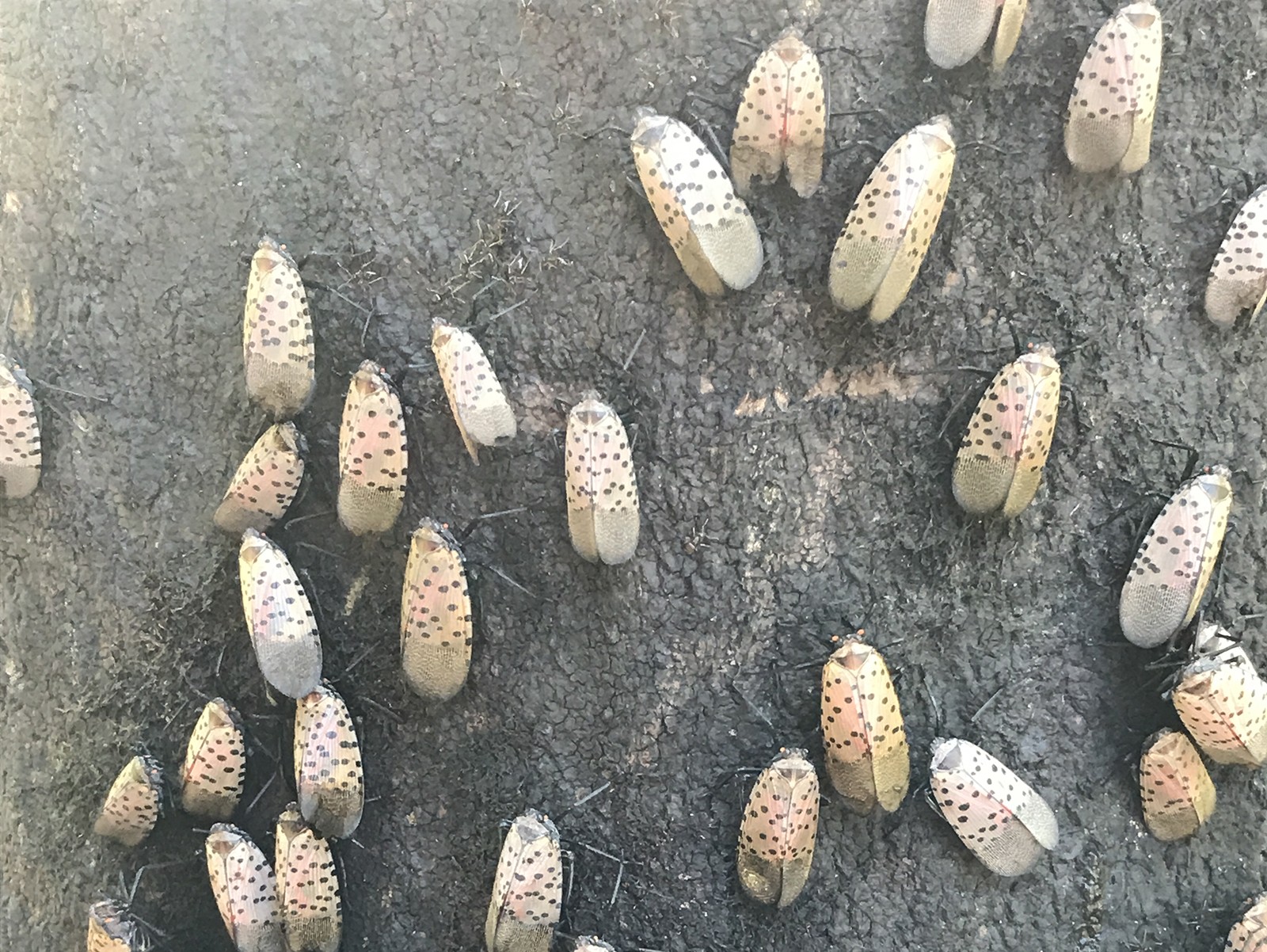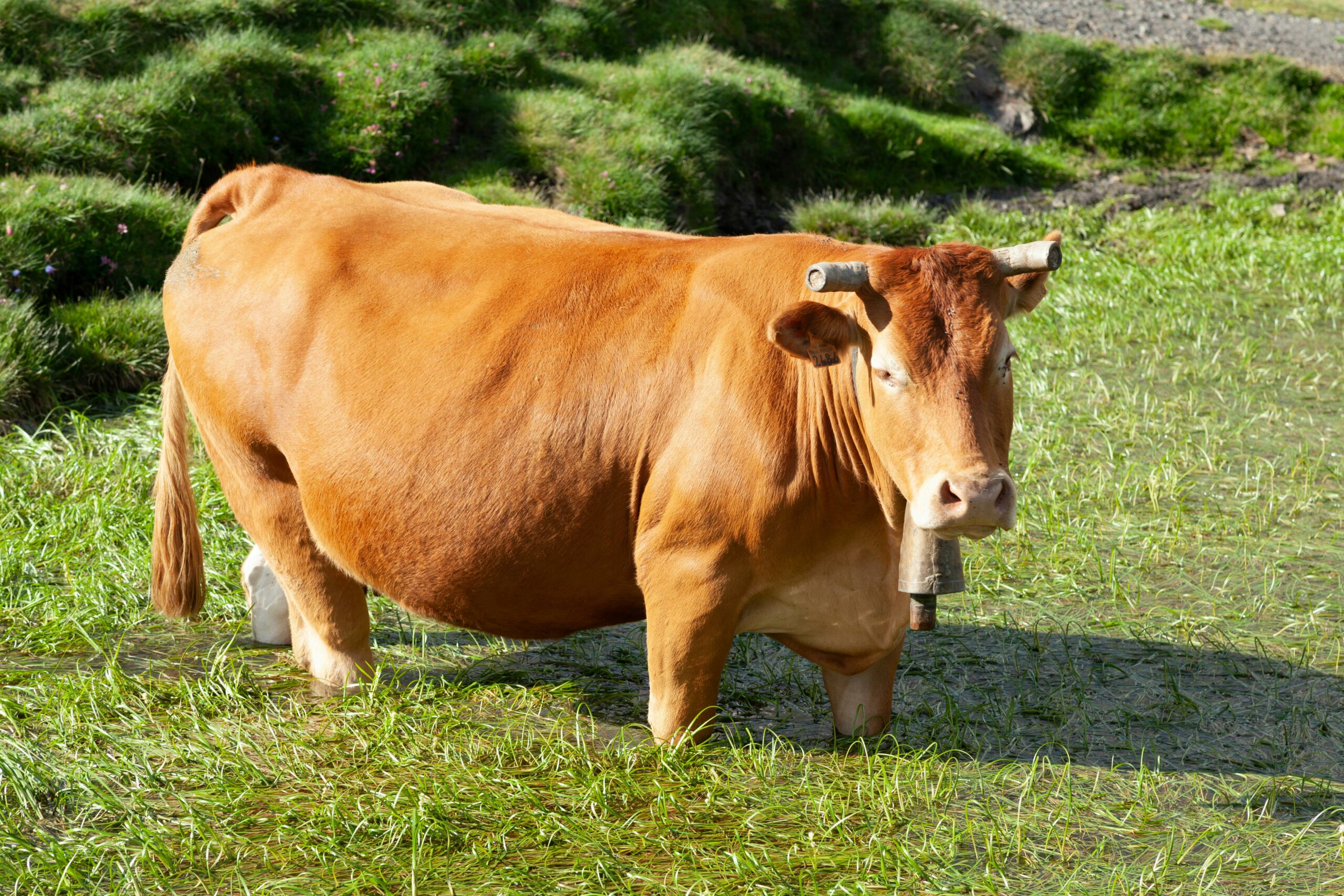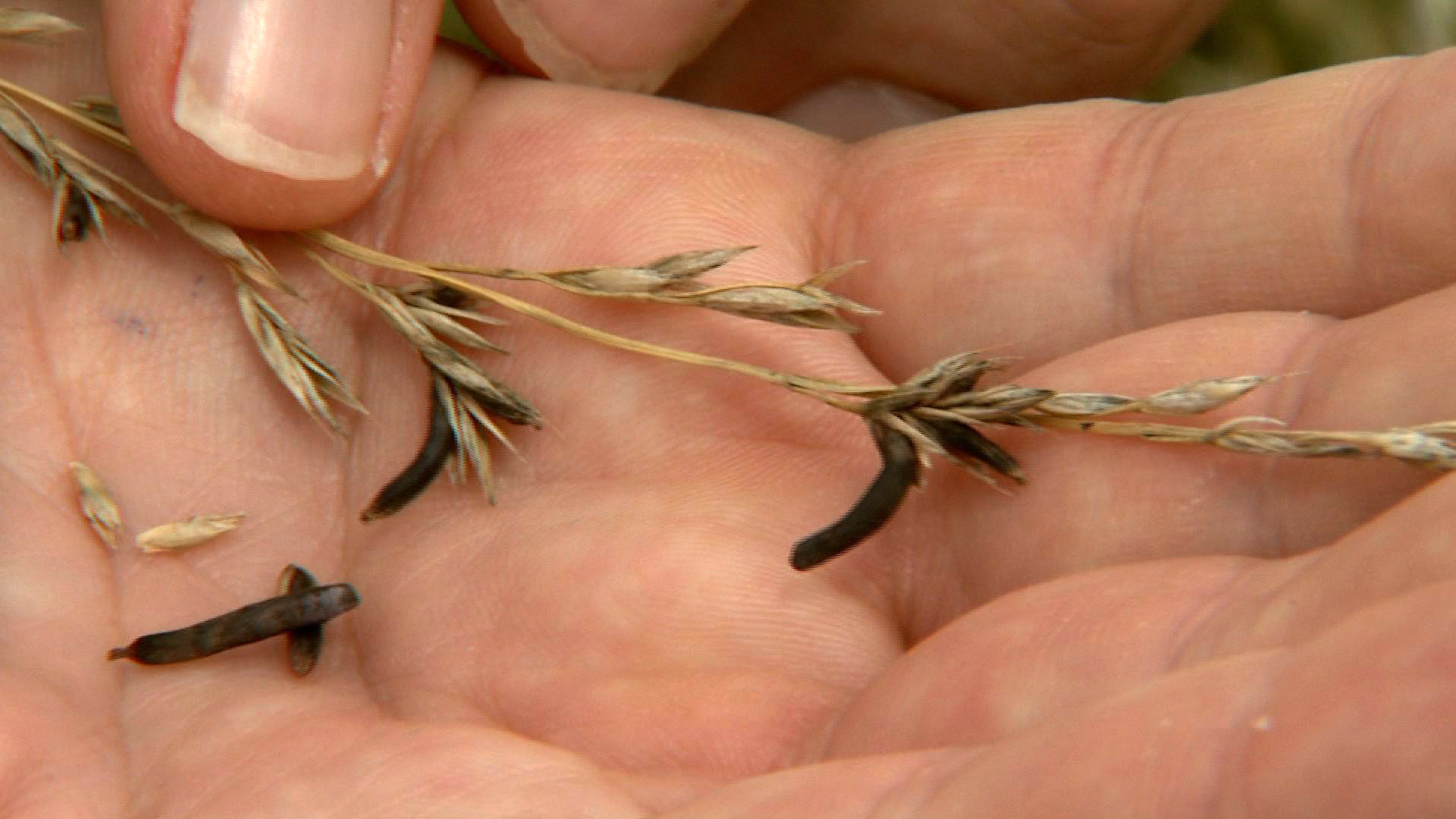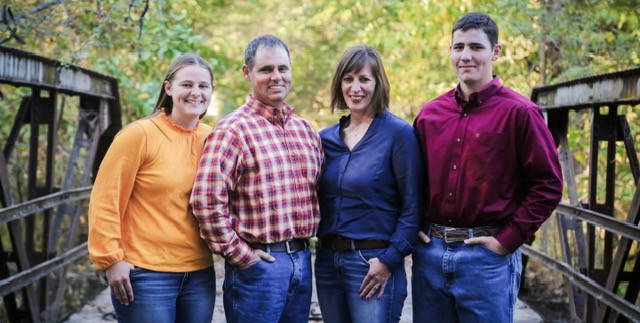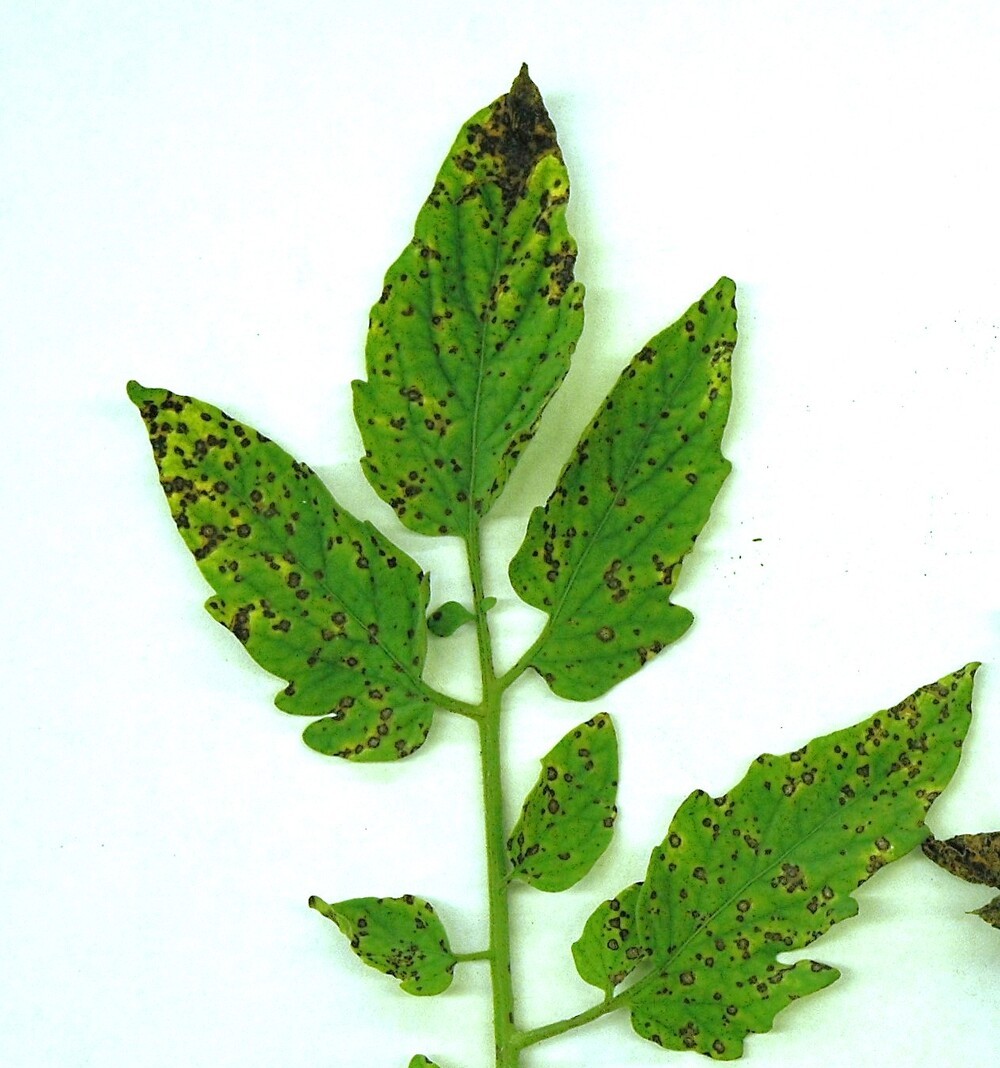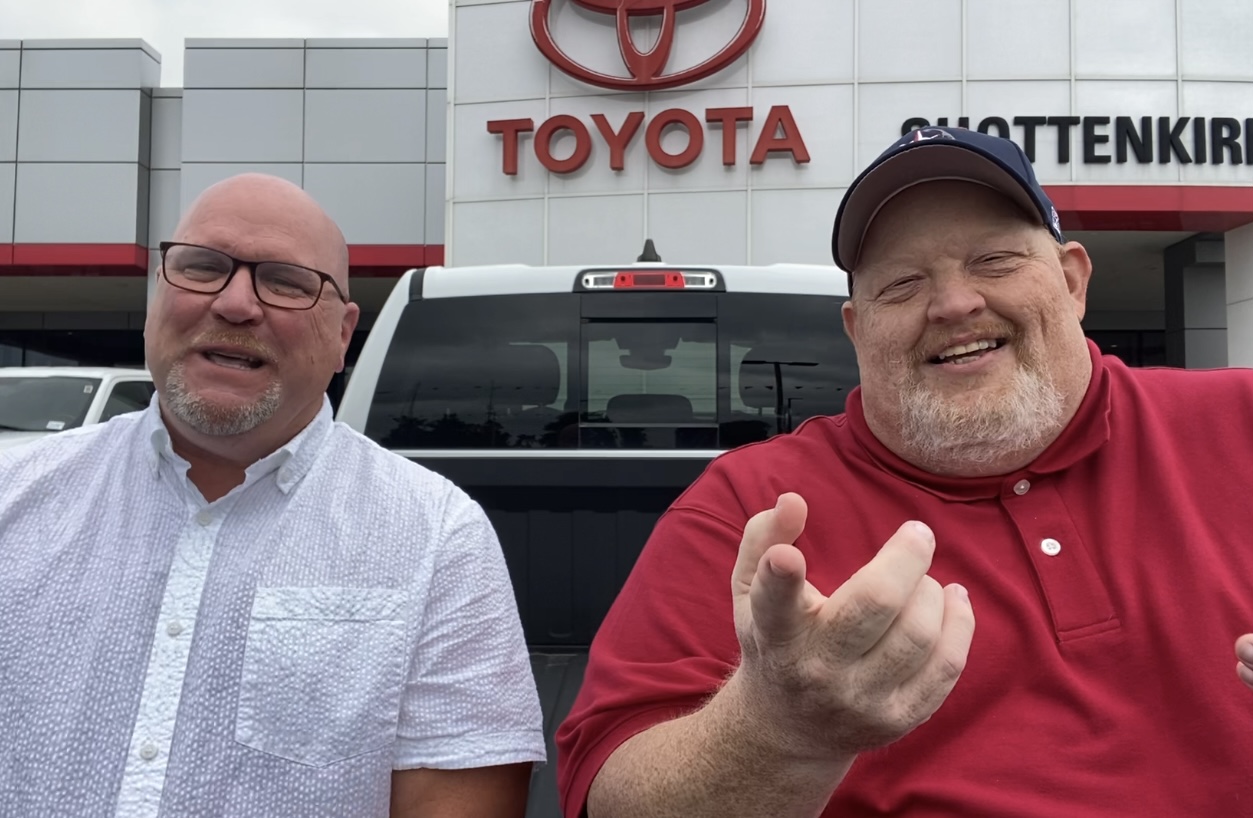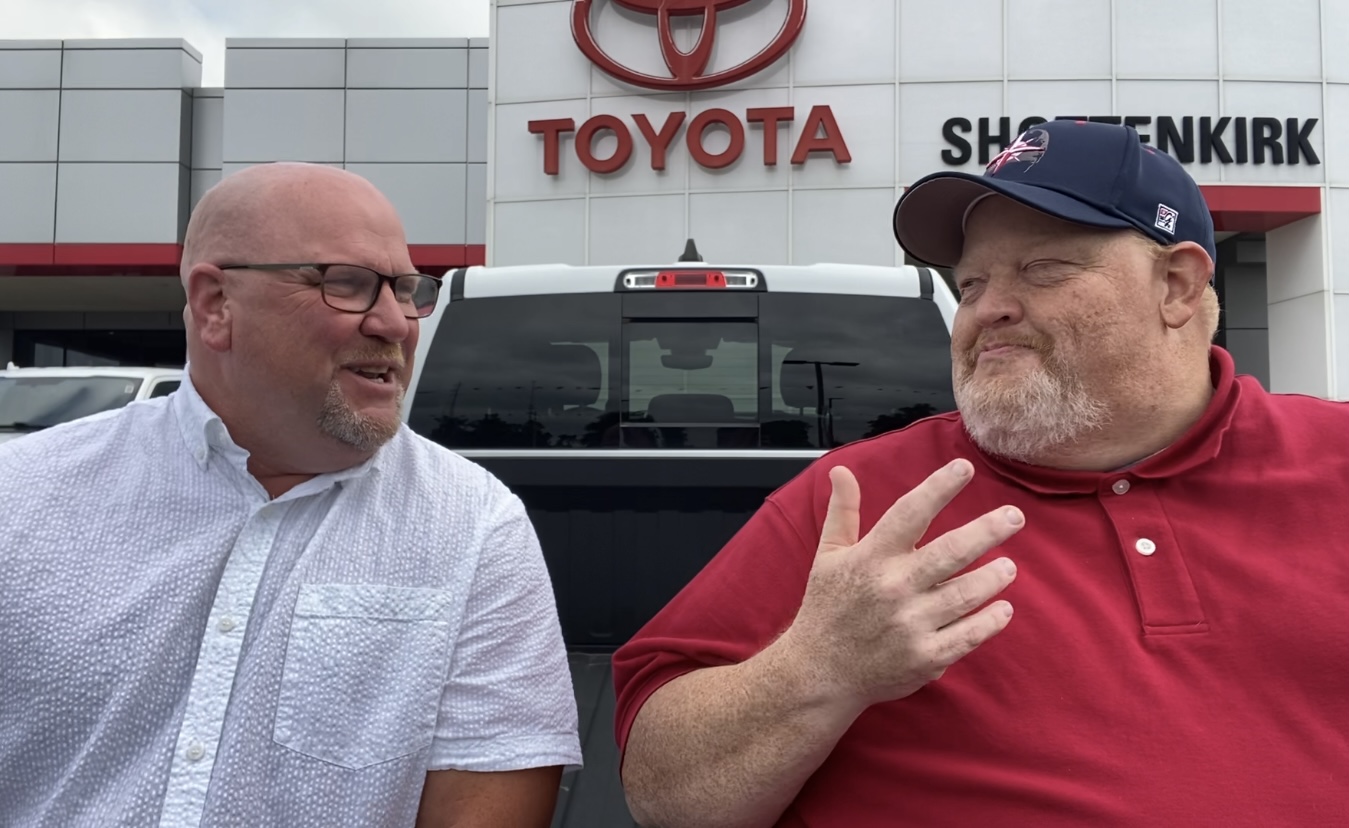LINNEUS, MO. According to the Missouri Department of Agriculture, Missouri produces 4.83 million tons of hay annually, ranking tenth in the US. In Missouri, hay is a key feed for the cattle industry and other livestock sectors.
According to a press release from the University of Missouri Extension state forage specialist Carson Roberts, producing hay can be a sign of an unsuccessful cow-calf business, despite the size of the hay sector. To take advantage of the high cattle prices, every effort should be made to increase profit margins.
Everyone agrees that the least expensive way to feed cattle throughout the winter is to make their own hay, according to Roberts. There is no truth to this at all. Hay costs a lot to produce and feed.
Roberts provides ten compelling arguments against making hay:
- Skyrocketing equipment costs. Inflation on machinery has outpaced cattle inflation over the past 50 years by a ratio of 10-to-1. In the 1970s, it only took 14 500-pound weaned calves to purchase a new round baler. Today, even with record prices, it takes 41 of the same calves to pay for a new baler.
- Overequipped farms. A farm s size should reflect the amount of equipment owned. Nearly all farms in Missouri with fewer than 400 cows would be more profitable if they simply sold the haying equipment and bought hay, says Roberts.
- Haying takes time. Your most valuable resource is time. Roberts says he sees too many producers spending their day doing $15 per hour work making hay when they should be doing $30-$100 per hour work such as marketing, education, finance, improving efficiency and improving pasture.
- Variable forage quality. How often does the hay crop get rained on? How often does harvest get delayed, thus reducing forage quality? With purchased hay, you can use a hay test to have complete control over forage quality. You can 100% control the quality of the hay you purchase. You cannot always control the quality of hay you make, says Roberts.
- Haying removes nutrients. In general, 1 ton of fescue hay will remove 32 pounds of nitrogen, 12 pounds of phosphorus and 45 pounds of potassium, plus a whole suite of micronutrients. This puts the fertilizer value of hay at right around $72 per ton, he says.
- Profitable alternatives. If you didn t make hay, what could you do instead? Custom grazing, stockers or adding value to home-raised cattle by grazing excess springtime forage will often pay more per acre than producing hay. Preliminary MU research estimates that a 2025 stocker enterprise can make $200 more per acre than a hay crop.
- Labor shortages. It s hard to find good help nowadays, says Roberts. Even if you can find help, it can be very expensive. Most hardworking young people are interested in making money, and they expect to be compensated for their marketplace value.
- Oversupply of hay. The past two years have brought good spring rains and good-yielding hay crops. This, coupled with a record low number of cattle, means hay is cheaper than usual.
- Soil degradation. Next to tillage, haying is the easiest way to degrade the soil. Carbon is an essential part of soil function, so removing all the above-ground carbon sends the soil in a downward spiral. Fertilizers can help, but they cannot replace the benefits of returning some of the biomass back to the soil.
- Cheap winter feeding strategies. Viable alternatives like milo grazing and stockpiled fescue reduce winter feeding costs by more than half. Roberts says he often hears people say, Reducing hay sounds great, but you can t starve weight onto a cow. This sentiment is true, Roberts says. So why would you insist on feeding hay when stockpiled milo or tall fescue is often as good or better in forage quality than the average bale of fescue? Furthermore, these stockpiled forages can be produced for a fraction of the price.
According to Roberts, he frequently collaborates with really successful farmers who don’t manufacture hay. If you are serious about being a profitable cow-calf producer, it is not only conceivable, but also necessary.

